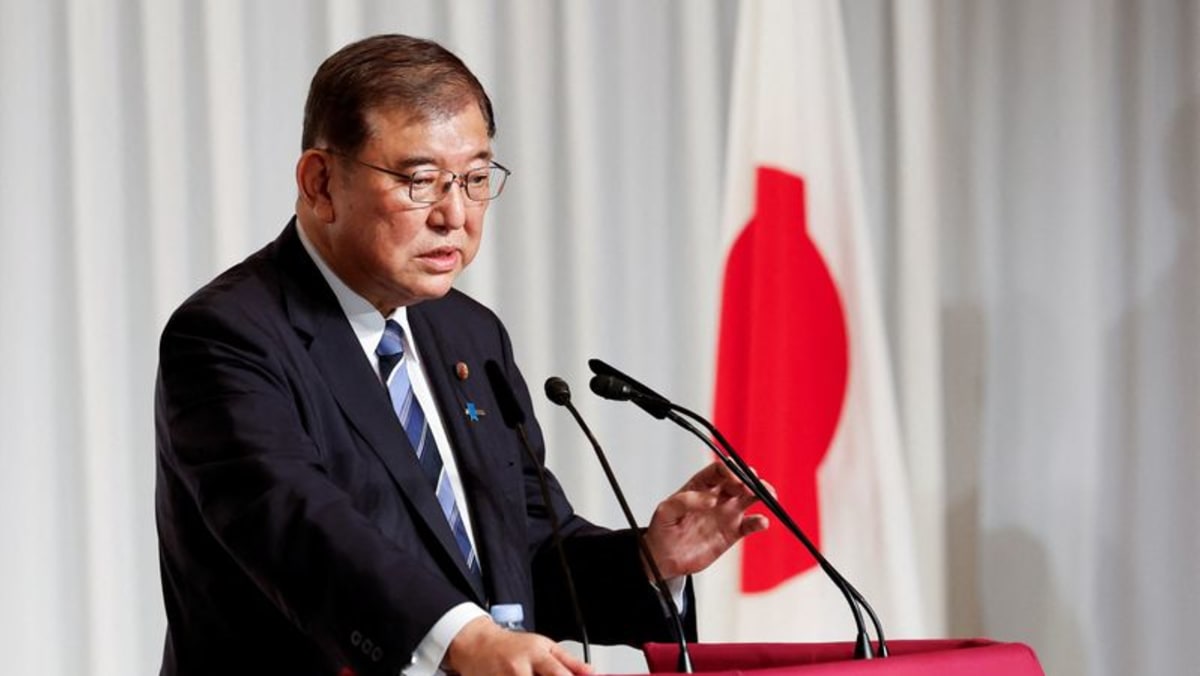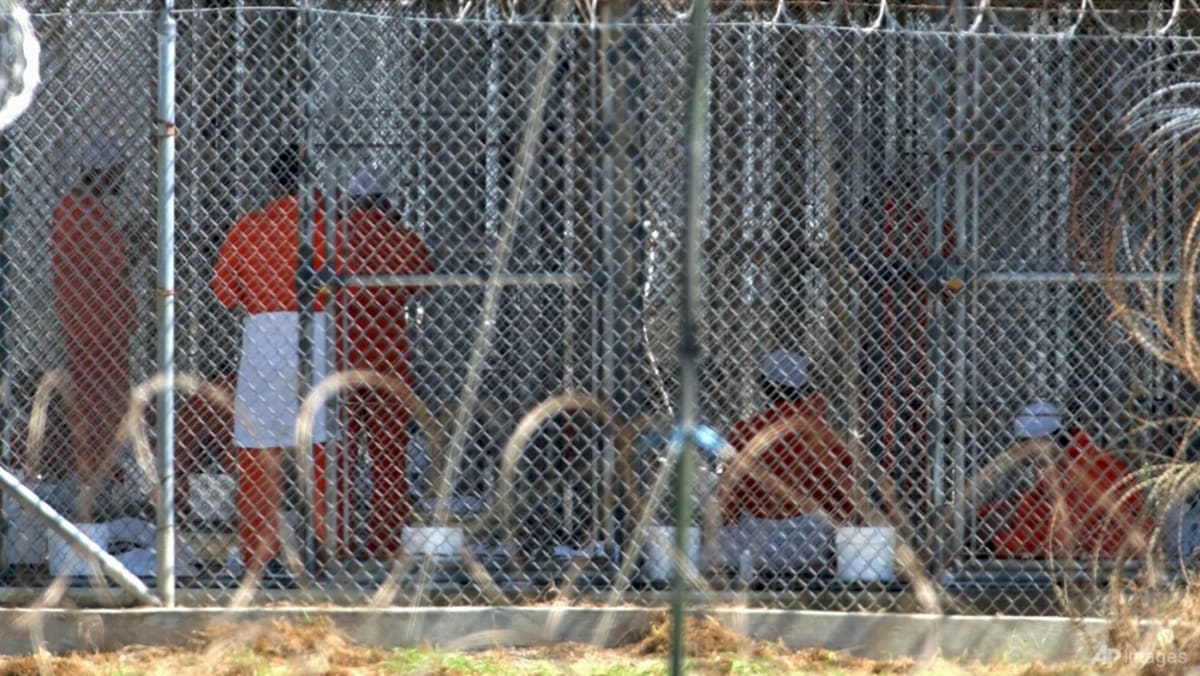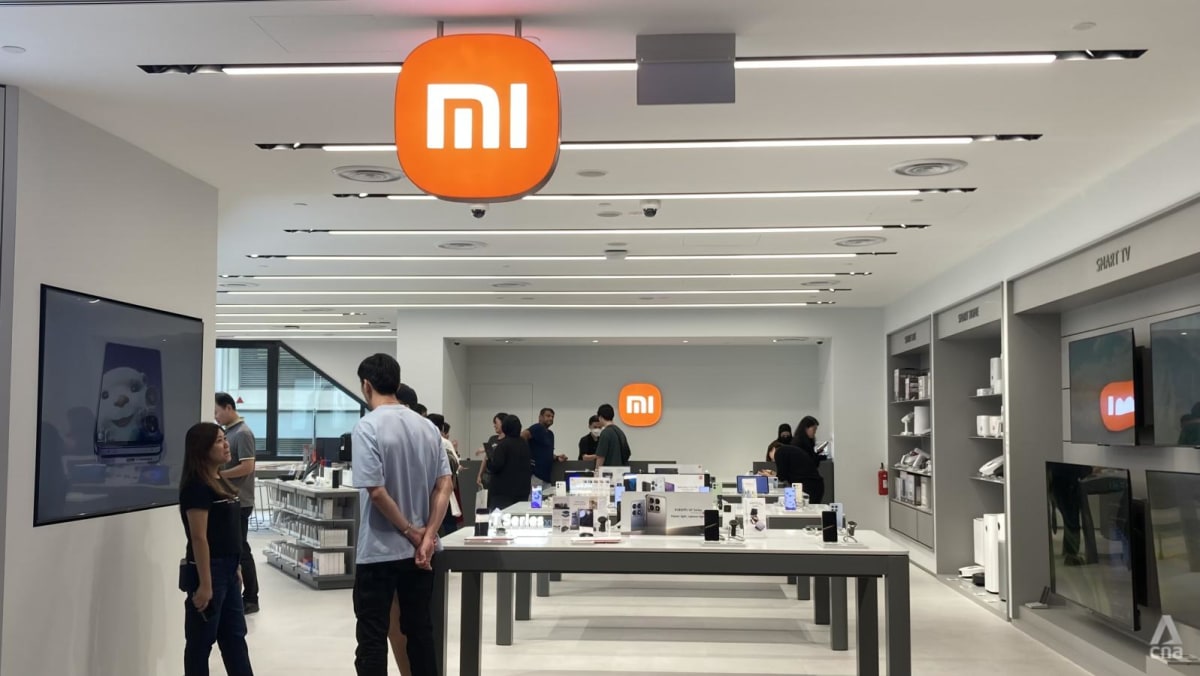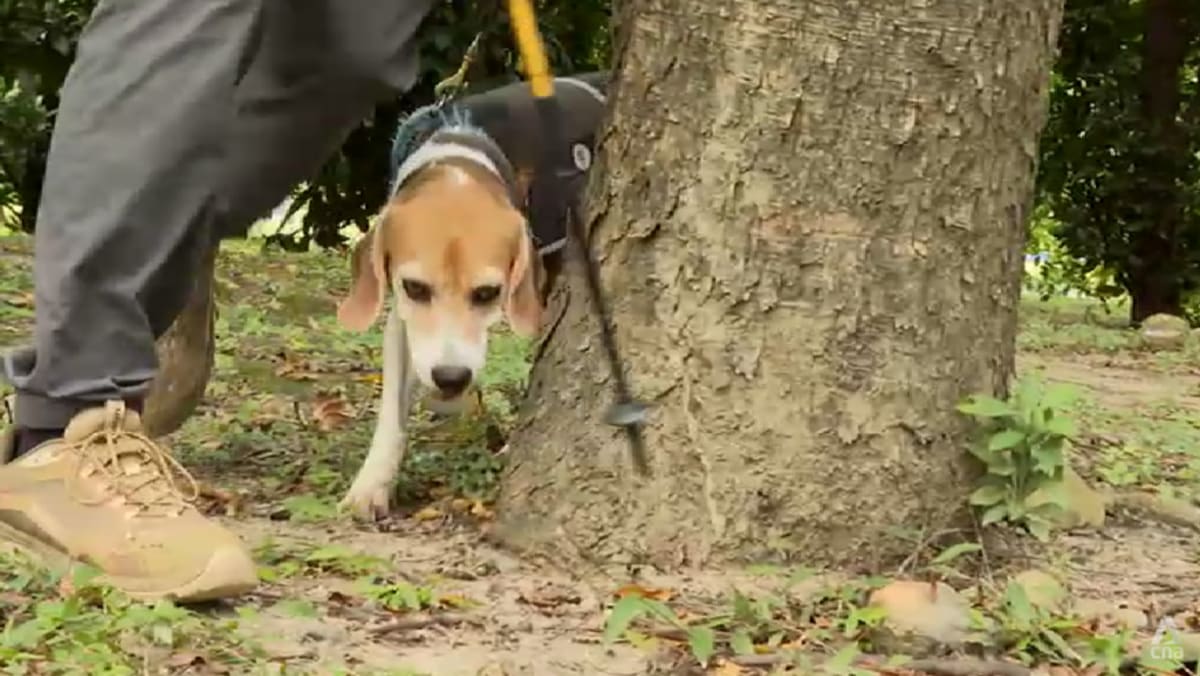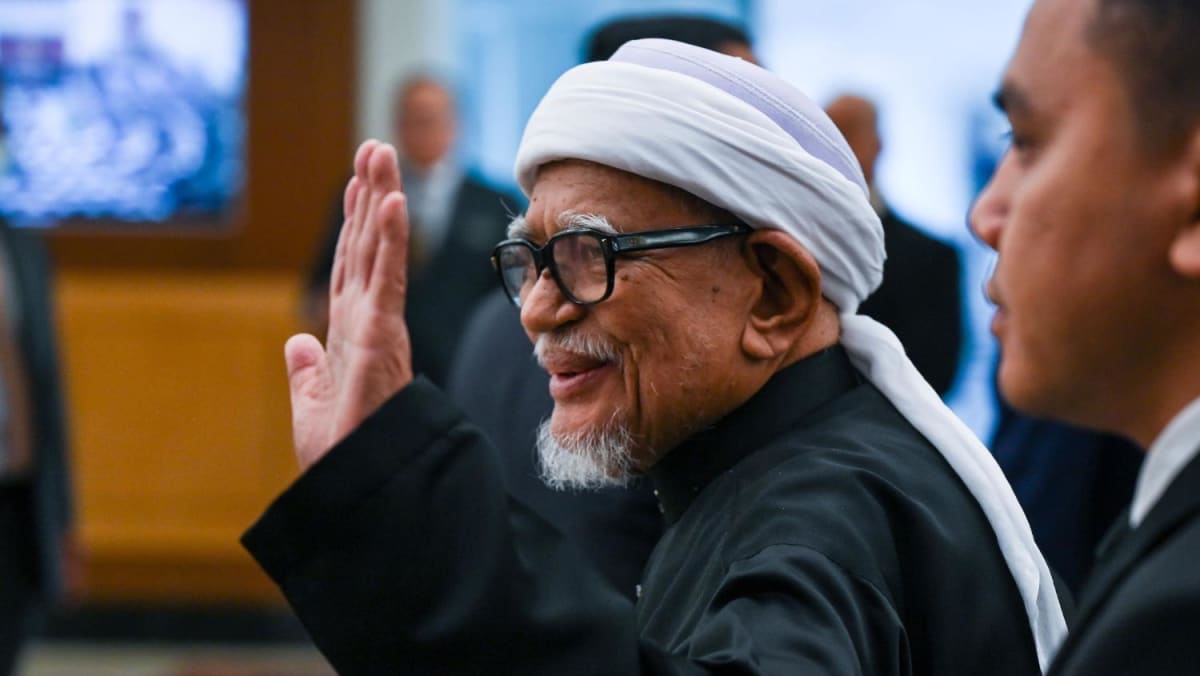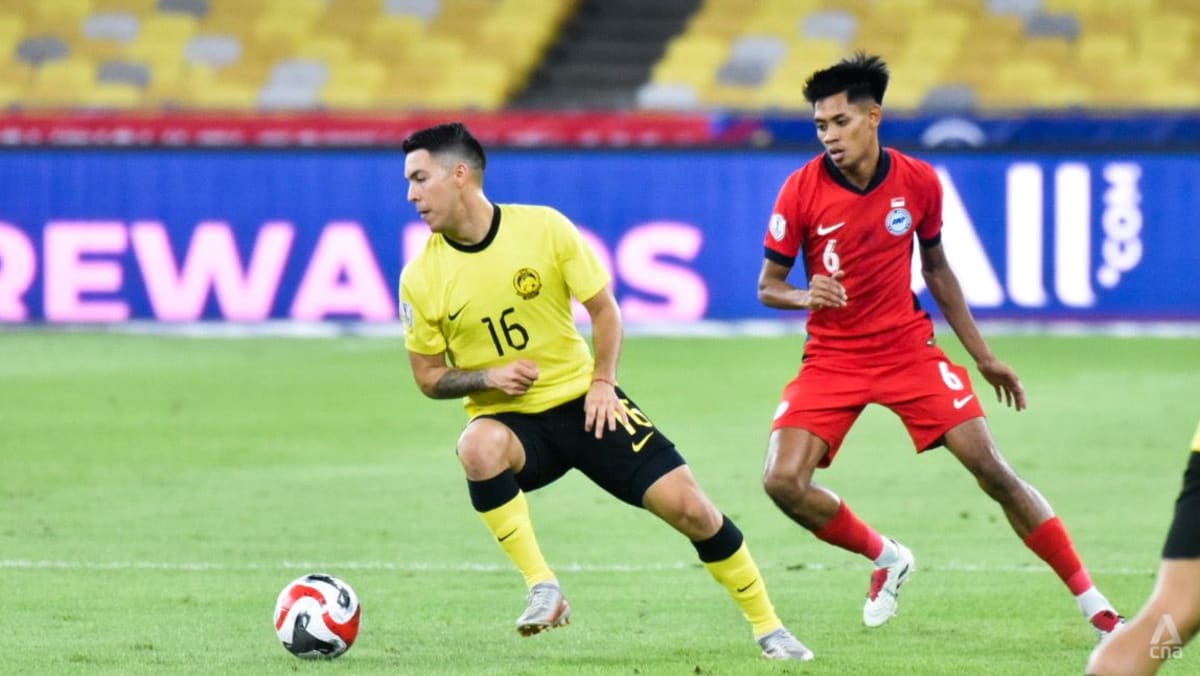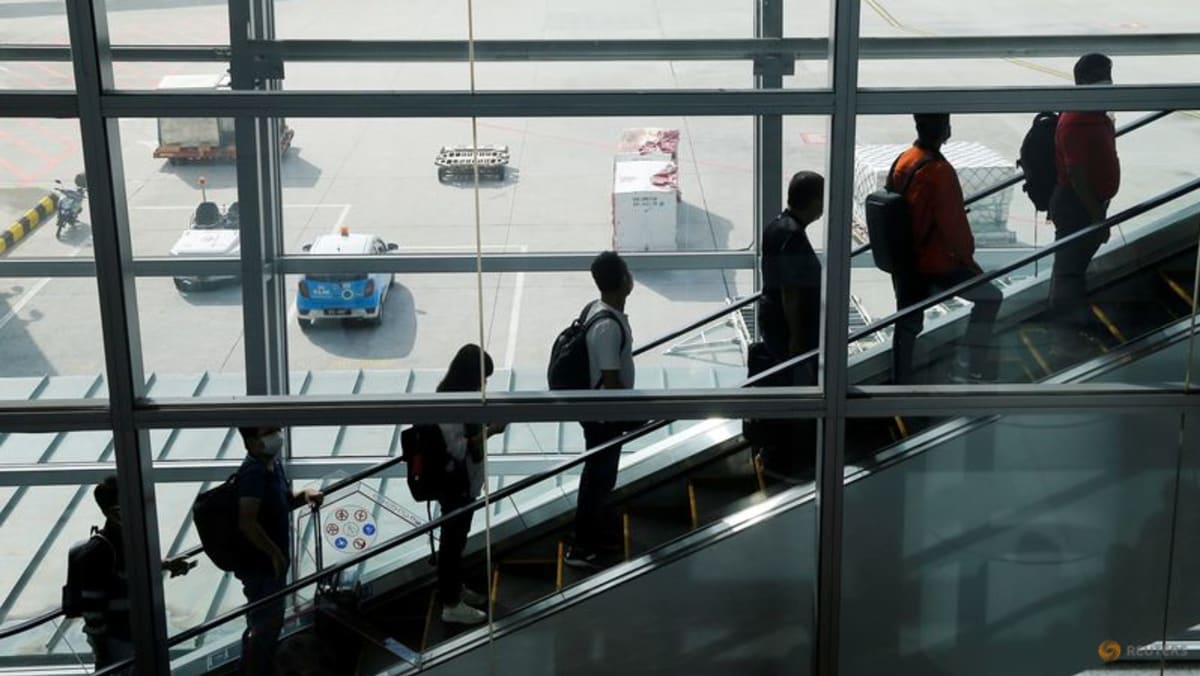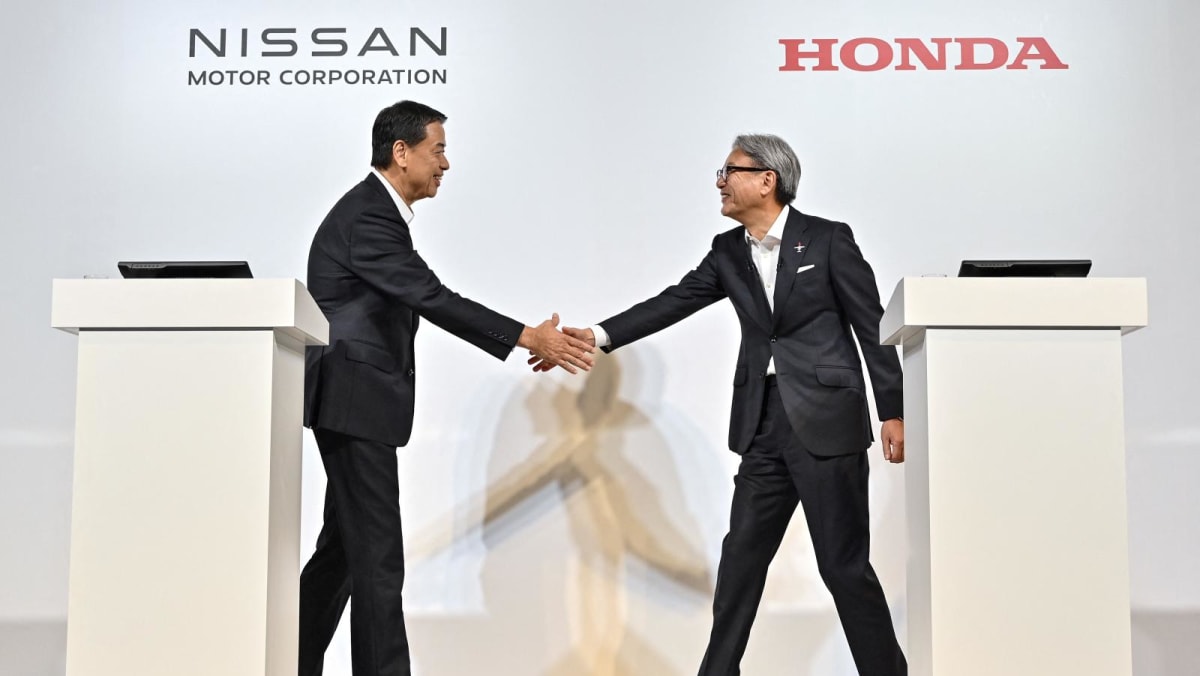Ishiba’s position on China is even harder to map out. He’s by turns hawkish and pragmatic, and seeks active diplomacy with Beijing that would benefit both sides – rhetoric that has changed little in almost a decade, the last time Ishiba held a significant position in the party – despite the geopolitical changes.
His self-styled identification with Tanzan Ishibashi, a journalist who became prime minister in the 1950s and who had promoted a pre-war “Small Japan-ism” that called to mind the Little Englanders of the 19th century who protested the British Empire’s expansion, might be the most telling: A vision of Japan as an aloof country with strong borders but little ambition.
His economic policy is similarly slippery. He talks of boosting the lot of the less fortunate, and revitalising regions outside Tokyo. His political inspiration, the former prime minister Kakuei Tanaka, had similar promises – but also a plan to do so through great infrastructure projects such as the Shinkansen bullet train network.
FEW NEW IDEAS
If Ishiba has similar dreams, he’s not telling anyone. On Friday, he had few new ideas to help boost growth that is expected to be flat this year, and mostly called for continuing Kishida’s goal of raising wages.
In past remarks, as well as in his opposition to Abenomics, he has seemed to favour austerity. He has expressed support for Bank of Japan rate hikes, has said there’s room to raise both corporate and capital gains taxes, and has emphasised the importance of reducing Japan’s debt.





